“Subsistence defines us. We battle the elements and sometimes risk our life to get the foods we crave. It is not an easy life, but it is ours.”
Arthur Lake, Kwigillingok Tribal Member
Subsistence in Alaska's National Parks
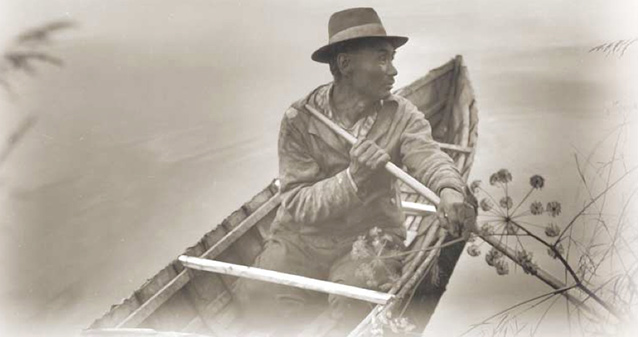
© C. Craft LeFebre
For more information on subsistence in Alaska's national parks, preserves, and monuments, visit the NPS Alaska Subsistence Website.
Alaska’s abundance of natural resources are the backbone of life and economy of many people of Alaska. Today, as in the past, many Alaskans live off the land, relying on fish, wildlife and other wild renewable resources. Alaska Natives have used these subsistence resources for food, shelter, clothing, transportation, handicrafts and trade for thousands of years. Subsistence, and all it entails, is critical to sustaining both the physical and spiritual culture of Alaska Native peoples. It is an important tradition for many non-Natives as well.
When the first Europeans came to Alaska’s shores during the 1740s, the people and cultures met were engaged in a subsistence lifestyle. As the population grew through the territorial days, many new and conflicting demands were made on Alaska’s natural and cultural resources. Resource development in various forms, such as harvesting marine and inland furbearers, commercial fisheries, mining operations, agriculture, development of military bases, along with establishment of cities and towns often impacted local resources and subsistence activities. By the time Alaska gained statehood in 1959, patterns of subsistence use in some of Alaska’s more populated areas had been greatly affected.

Stephen Foster Collection, University of Alaska Fairbanks, Archives #69-92-48
In the years that followed statehood, the pace of change accelerated and natural resource development expanded in Alaska’s remote areas. In response, rural residents began to organize, and before long they petitioned U.S. government officials in hopes of retaining some protection for their land base and their subsistence way of life. In deliberations leading to the Alaska Native Claims Settlement Act (ANCSA) of 1971, the U.S. Congress acknowledged the importance of subsistence hunting and fishing to Alaska Natives, but provided no specific protection on federal public lands.
Nine years later, Congress formally recognized the social and cultural importance of protecting subsistence uses by both Native and non-Native rural residents when it passed the Alaska National Interest Lands Conservation Act (ANILCA) of 1980. This legislation created millions of acres of new national park, monument and preserve areas in Alaska.
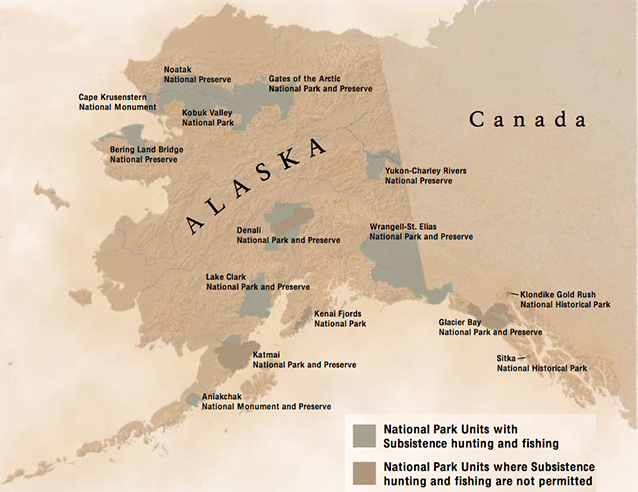
National Park Service
ANILCA provided for Subsistence in Alaska's National Parks.
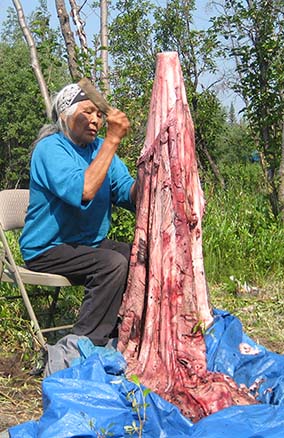
National Park Service photo
Subsistence resource commissions have been established for most national parks and monuments in Alaska to provide meaningful participation and involvement of local subsistence users in planning and management decisions affecting subsistence. With the passage of ANILCA, the American people made a promise that is imperative to keep: to preserve and protect some of our nation’s most splendid natural ecosystems and treasured landscapes while providing the opportunity for those engaged in a traditional subsistence way of life to continue to do so. As Carol Jorgensen, Tlingit Indian and former Subsistence Regional Advisory Council Coordinator stated, “Subsistence... is the very blueprint within our souls that describes who we are as a people, and how we depend on our brothers and sisters of earth, air and water.”
“The subsistence lifestyle is a learned thing, and there’s quite a bit of knowledge of animals and seasons... watching the animals, if some population is low you don’t hunt those. I’m teaching my kids these things and they are learning this knowledge. Maybe only one will stay [in Wiseman], maybe both will. But that one will then pass that knowledge on, that’s the way the subsistence lifestyle is propagated.”
-Jack Reakoff, Wiseman Resident
Living Cultures
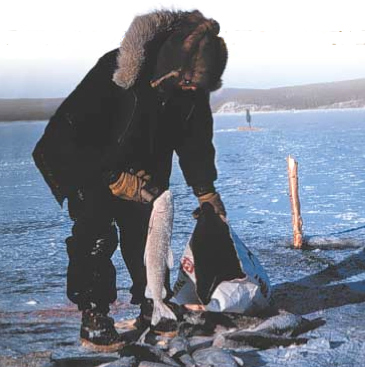
© Julie Collins
In Alaska, areas that are now called national parks and wilderness areas encompass some of the oldest inhabited land in North America. Archeologists theorize that humans entered the North American continent between 25,000 and 28,000 years ago, crossing over the now submerged landmass called the Bering Land Bridge. More recently, radiocarbon dated sites put humans on the Alaska landscape 12,000 to 14,000 years ago. Most importantly, Alaska Natives have maintained an intricate and vital connection to the land for countless generations, and that connection continues to be essential for their cultural, spiritual and economic way of life.
Regardless where you go in Alaska, Native cultures have evolved as part of ecosystems and landscapes they inhabit. This relationship and connection to the land, water and resources has remained unbroken. ANILCA recognized the importance and significance of the cultural and subsistence components in Alaska’s ecosystems and incorporated protections into the law to ensure the opportunity for both Native and non-Native Alaskans to engage in a subsistence way of life.
Subsistence users have a unique connection to the land, fostered by tradition and lifelong experience. Traditional ecological knowledge is the system of knowledge gained by experience, observation and analysis of natural events that is shared among members of a community. In subsistence that knowledge is used to find, harvest, process, store and sustain natural resources necessary for food, clothing, shelter and other needs. Subsistence users are taught at a very young age that they are not to waste subsistence resources, especially fish and wildlife. They take only what is needed when it is needed, treat all living things with respect, and not to damage the land without cause. Subsistence is a living tradition based on a deep respect for wildlife and for sharing resources with others in their community.
Seasonal Subsistence Uses
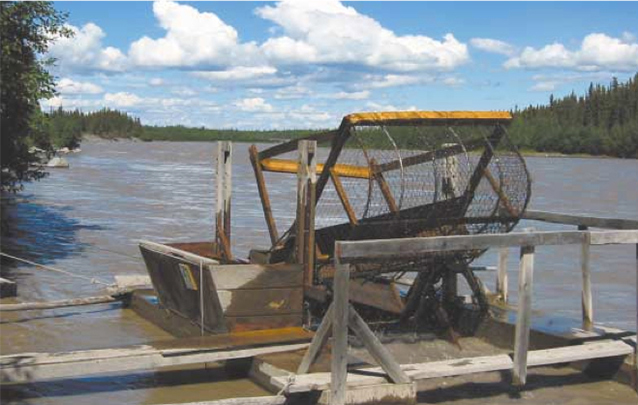
© National Park Service
Changing economic and social opportunities in some communities have influenced the level of use and dependence on subsistence resources. Still, many subsistence users depend upon the land for nearly every aspect of their lives. Each summer and fall they plant gardens, fish, harvest moose and caribou or other game and gather berries. During winter months they travel by dog team, snowmachine and snowshoes. They harvest wild fur animals for income, meat and clothing. Hides and fur can be sewn into comfortable and warm clothing to ward off the severe Alaska cold. The land provides wood for firewood, smokehouses, drying racks and cabin logs, as well as for making sleds and snowshoes. The land also provides sod and mosses to insulate shelters, bark and grasses for baskets, dyes and handicrafts.
“Since dawn immemorial, the land and the sea was our classroom of survival, and it was the observant elder and hunter who shared the knowledge they gained from their special moments with the elders and from their observations as a hunter. These stories of the people and the land and the sea are inseparable. They are part of the quest to survive.”
-Herbert Anungazuk, National Park Service Native Liaison and Heritage Specialist
Tags
Last updated: November 28, 2015
